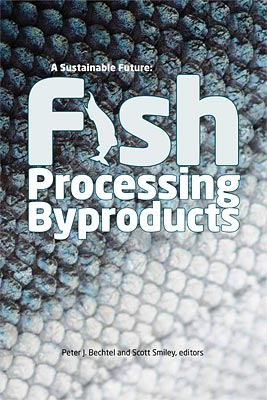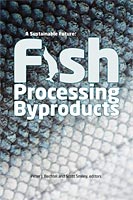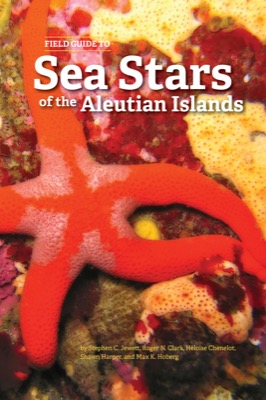
The chemical composition and oxidative stability of Alaska commercial salmon oils
A.C.M. Oliveira, T.J. Lapis, T. Popp, B. Himelbloom, S. Smiley, P.J. Bechtel, and C.C. Crapo
- Price: $1.50
 This is part of A Sustainable Future: Fish Processing Byproducts
This is part of A Sustainable Future: Fish Processing Byproducts| Format | Price | |
|---|---|---|
| PDF download [519.2 KB] | $1.50 | Add to Cart |
Description
A number of different bulk and encapsulated commercial salmon oil samples from Alaska were chemically characterized to determine their composition and oxidative stability. Compositional analysis included the determination of fatty acid profiles, distribution of lipid classes, fat-soluble vitamin content, and levels of environmental contaminants. Oxidative stability was determined by measuring free fatty acid values, peroxide values, p-anisidine values, and 2-thiobarbituric acid values. Overall, results indicate that salmon oils commercially produced in Alaska were primarily composed of triacylglycerides, being rich in long chain omega-3 fatty acids and in the fat soluble vitamins A, D, and E. Moreover, the level of the 38 environmental contaminants analyzed was either low or below detectable limits. Oxidative stability analysis of most samples found levels of free fatty acids, peroxide values, and p-anisidine values were below limits established for human grade and nutraceutical grade fish oils.
Item details
- Item number: AK-SG-10-02t
- Year: 2010
- DOI: https://doi.org/10.4027/sffpb.2010.20



